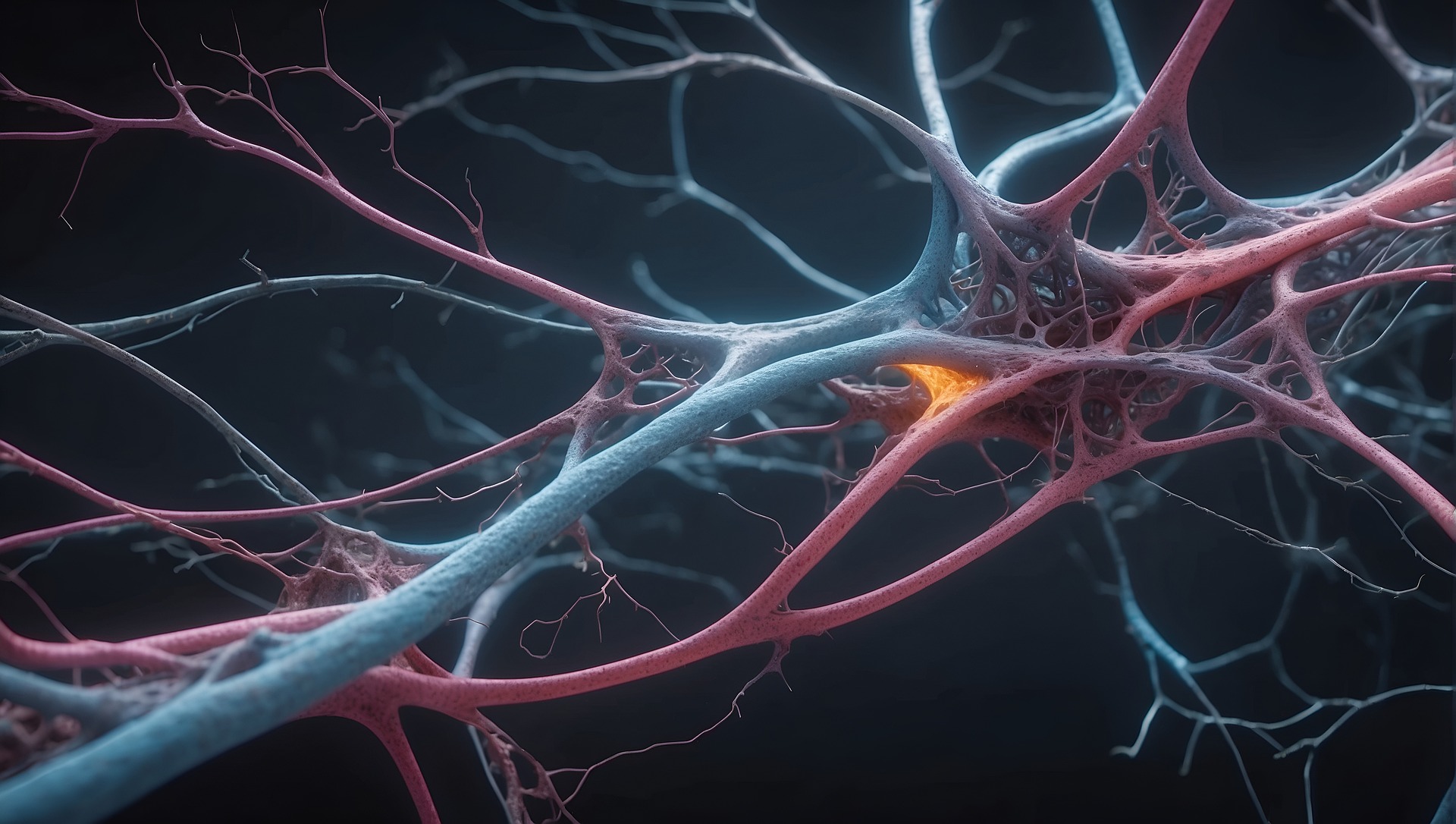Antisense therapy fails to delay the progression of Huntington’s disease
- A trial of investigational antisense therapy for Huntington’s disease, tominersen, has been halted early for lack of efficacy and possibly harm with more frequent dosing.
- The developed therapy was hoped to delay the progression of Huntington’s disease by destroying the mRNA coding for the malfunctioning protein, huntingtin, which is responsible for the appearance of the characteristic neurologic symptoms. Despite successful lowering of huntingtin expression, tominersen failed to improve patients’ outcomes.
- The flop of tominersen trial has devastated both patients and researchers. However, the quest for effective therapy of Huntington’s disease is still ongoing and the developer of tominersen decided to continue research, this time enrolling younger patients with early disease. Other treatment strategies, including gene therapies, are also being investigated.
Tominersen, a promising antisense therapy for Huntington’s disease (HD), has been found ineffective in a Phase III trial called GENERATION HD1. The trial had to be stopped after the interim analysis revealed lack of improvement in the treated patients, and even signs of harm with more intensive therapy. Information about the trial discontinuation appeared two years ago, but now the results have finally been published in a major medical journal.
After 69 weeks of tominersen therapy, patients who received the drug every 16 weeks had the same disease progression as patients in the control arm. Worse, the 8-week regimen caused more marked deterioration of cognitive and motor functions. This was accompanied by unfavorable imaging results, which revealed the increase in size of the fluid-filled cavities in brain, a hallmark of Huntington’s disease.

Tominersen was designed to bind to mRNA coding for a mutated form of huntingtin, which is responsible for the appearance of severe neurologic symptoms, characteristic for the Huntington’s disease. The exact function of huntingtin in the human organism is not entirely clear, but researchers suspect it is involved in the axonal transport. The mutation introduces additional CAG repeats in the huntingtin’s gene, which are translated into excessive polyglutamine residues at N-terminus. More than 36 such repeats must be present for the disease to occur. The extra chains formed by polyglutamine residues are often cleaved by cellular enzymes into small clump-forming fragments, which then slowly accumulate in the nervous system and cause its progressive malfunctioning. Tominersen works by depleting the level of huntingtin-coding mRNA, so the mutated protein is formed in “safe” amounts.
So if tominersen is targeting the underlying cause of Huntington’s disease, then why it failed to improve clinical outcomes? The researchers are still baffled by the trial results, but offer some potential explanations that could help design new drug candidates. Initial studies confirmed that tominersen indeed lowers the brain concentration of mutated huntingtin – a result that caused much optimism on the part of patients and scientists. If the drug that eliminates the causative factor of the disease fails to improve its symptoms, then something must be seriously wrong with our current understanding of the disease pathogenesis. One explanation is that brain changes had already progressed too far for the drug to be effective – in such case the investigational therapy should be initiated right after the appearance of symptoms or even earlier. Post-hoc analysis of GENERATION HD1 concentrating on patients with low disease burden seems to support this idea. Another hypothesis blames the pharmacological properties of tominersen, which lowers not only the level of mutated form, but also the normal huntingtin. Lack of the properly functioning protein could disrupt the neuron activity, counteracting the beneficial action of the drug. The strategy of targeting huntingtin’s mRNA has definitely received a major blow, but developer of tominersen (Roche) is not giving up. Following up on the first explanation for the drug’s failure, Roche decided to continue the research program and initiate a new Phase II trial enrolling younger patients with early and less symptomatic disease. The GENERATION HD2 trial is currently underway.
The negative results of tominersen trial are devastating for thousands of patients suffering from Huntington’s disease. Many are worried not just about the failure of the drug itself, but also about its impact on pharmaceutical corporations, which may be discouraged from investing in the development of new therapies, even if they act through a different mechanism than tominersen. Fortunately, pharma companies as well as public institutions have some other ideas that may prove to be more effective than antisense drugs. So even if the results of GENERATION HD2 bring another disappointment, there is still a glimmer of hope for HD patients. Uniquire, for example, is investigating huntingtin-lowering gene therapy, whilst others are testing the utility of increasing the huntingtin clearance instead of synthesis. On the other hand, some researchers have directed their attention to completely different mechanisms, unrelated to huntingtin production, such as improving the neuron survival or replacing them by transplanting stem cells into the affected parts of brain. The investigations are still ongoing.
Prepared by:
References
- McColgan, Peter, et al. “Tominersen in Adults with Manifest Huntington’s Disease.” The New England journal of medicine 389.23 (2023): 2203-2205.
- “Antisense Drug Trial Provides Key Insights About Huntington’s Disease – Lessons learned from investigational tominersen”. MedPage Today (December 6, 2023). Link: https://www.medpagetoday.com/neurology/generalneurology/107715.
- Roche letter to HD partners (January 18, 2022). Link: https://hdsa.org/wp-content/uploads/2022/01/Roche-Genentech-HD-Global-Community-Letter-January-2022.pdf.
- “Tominersen (Previously IONIS-HTTRx and RG6042)”. Huntington’s Disease News. Link: https://huntingtonsdiseasenews.com/ionis-httrx-rg6042/.